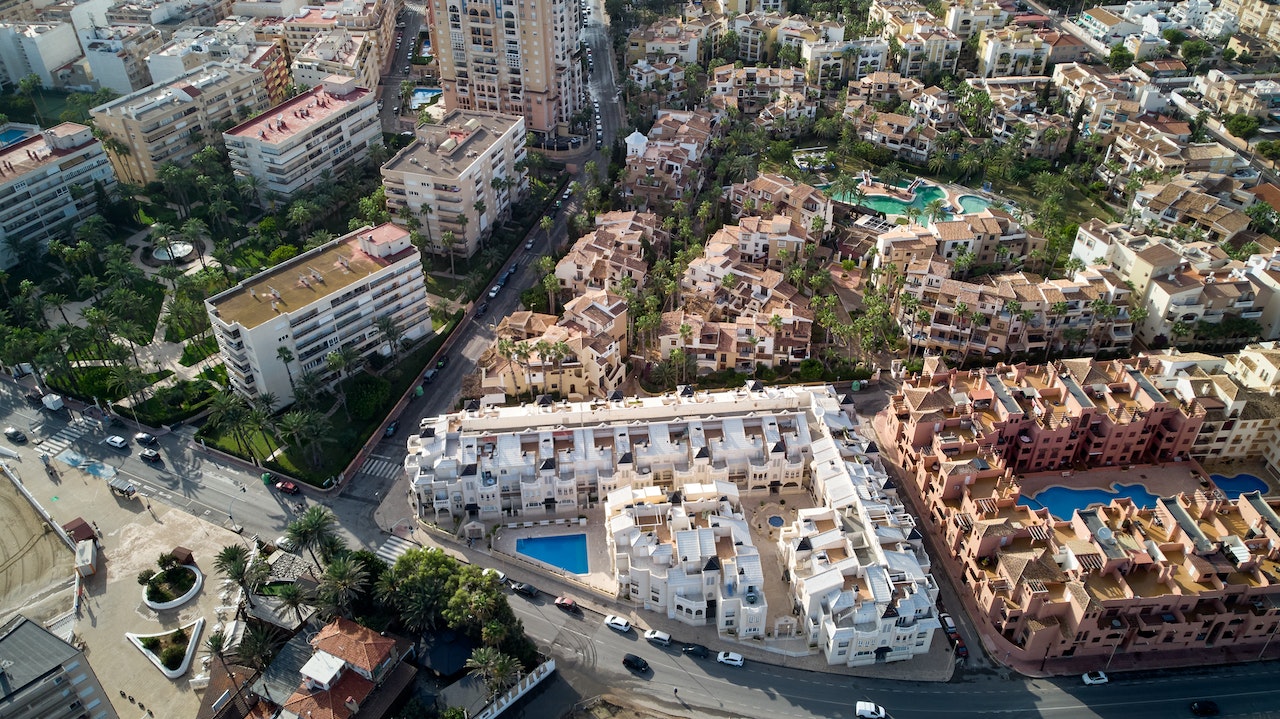Acquiring a property and relocating to Spain: everything about lifestyle in this sunny country

Properties for sale in Torrevieja, Madrid, and other Spanish cities are in great demand among overseas citizens wishing to move to Europe. They are attracted not only by the low cost of living and the excellent price-to-quality ratio of housing units, but also by the unique culture, diverse cuisine, and bright festivals.
Below, you can learn more about the way of life that has developed in Spain and its characteristics that may surprise some foreigners.
Culture and traditions
Spain is well-known for its exceptional culture and original traditions. Among the most widespread customs that almost all expats face are:
- Tapas and friendship. Eating and socializing are among the most important elements of the daily lives of Spanish people. People usually get together two or three times a week to socialize, drink, and eat tapas. At the end, the group splits the bill into equal parts. From a social point of view, many foreigners may be surprised by how loud the locals are in bars and eateries. Spaniards also enjoy touching, hugging, and kissing their friends and family members.
- Weather and siesta. The country's climate has a big impact on how people live and interact. The locals typically go to work from 8:00 to 9:00, then have lunch from 14:00 to 16:00 and have dinner after 21:00. The further the region to the South is, the later the meal hours are. During the summer, the heat is so intense that many companies introduce shorter working days, commonly from 8:00 to 15:00, and ask employees to work a little longer during winter, from 9:00 to 18:30 or even later. Previously, the Spanish people had daily siestas. Currently, this tradition only survives in rural areas.
- Poor time management and the constant delays. People are almost always late for meetings with friends and family and they often miss deadlines on work projects. However, this weakness is compensated by higher flexibility and responsiveness. The locals are great at finding last-minute solutions to problems.
Food
As mentioned previously, Spain has a well-developed gastronomic culture, which is closely related to social life. What kinds of dishes are included in the diet of the average citizen:
- Breakfast. Before leaving for work or school, the Spanish have a small breakfast (el desayuno) to start the day. A croissant, bollos (sweet buns) with jam, or other sweet pastries like churros are served with a hot cup of coffee. Some individuals prefer orange juice, toast or bread, hot chocolate, coffee with milk, or hot chocolate.
- Lunch. Lunch is the most significant meal (la comida). It consists of a variety of foods, including salad, soup, meat or fish, and dessert. Every day, the lunch menu is filling and divested.
- Afternoon break. Locals can choose yoghurt, desserts, fruit, or more nourishing options like bocadillos (a sandwich) with ham, cheese, or chorizo (a savoury sausage) for their afternoon snack (la merienda).
- Dinner. La cena, or dinner, is often a lighter meal in Spain. It could include lettuce, fried eggs, cheese, cured ham, or sausage.
Festivals
Festivals are one of the best ways to dive into the vibrant Spanish culture. The most sought-after events in the country are:
- Fiesta de los Reyes. The famous religious holiday is celebrated on January 6. It is considered the day of the Christmas celebration in Spanish culture. On January 5, while awaiting the arrival of the Three Kings, spectacular parades are held throughout the country. As the Three Kings throw candy to the kids from their waggons, musicians and dancers flood the streets. The next day, families exchange gifts and dine surrounded by family.
- Festes de Sant Sebastia. Every January, the northern Spanish city of San Sebastian comes alive with colorful bonfires and dancing in honor of Saint Sebastian, the Majorca's patron saint. For two weeks, tourists and the locals enjoy cultural, sports, and entertainment activities.
- Feria de Sevilla. Feria de Sevilla is a festival with lots of Spanish food, drink, music, and dance. South-west of Seville there is a huge area for fairs and communication. The majority of the tents here are private and open only to invited guests. Dancers in classic flamenco dresses or tight trousers and boleros walk among the holidaymakers in carriages and horseback riders, providing visitors with amazing opportunities for interesting photo shoots.
- La Batalla de Vino. All over Spain, there are celebrations dedicated to harvesting grapes for wine. The most popular is the La Batalla de Vino festival in Haro. It starts with a massive street party on the eve of June 29. The following day, the villagers climb the closest mountain and spray each other with water pistols, buckets, spray guns, and everything else they can find. Then they descend from the mountain to continue dancing, having fun, and drinking wine.
Assistance with acquiring a home and relocating to Spain
In order to move to Spain and immerse yourself in its original and vibrant culture as soon as possible, visit the Spain-Real.Estate website. The aggregator provides one of the largest bases of residential properties, covering the most important areas of the region. Contact the company's experts for thorough guidance on all issues relating to the process of acquiring a housing unit, assistance in choosing the best option, receiving support during the entire transaction, and excellent after-sales service.